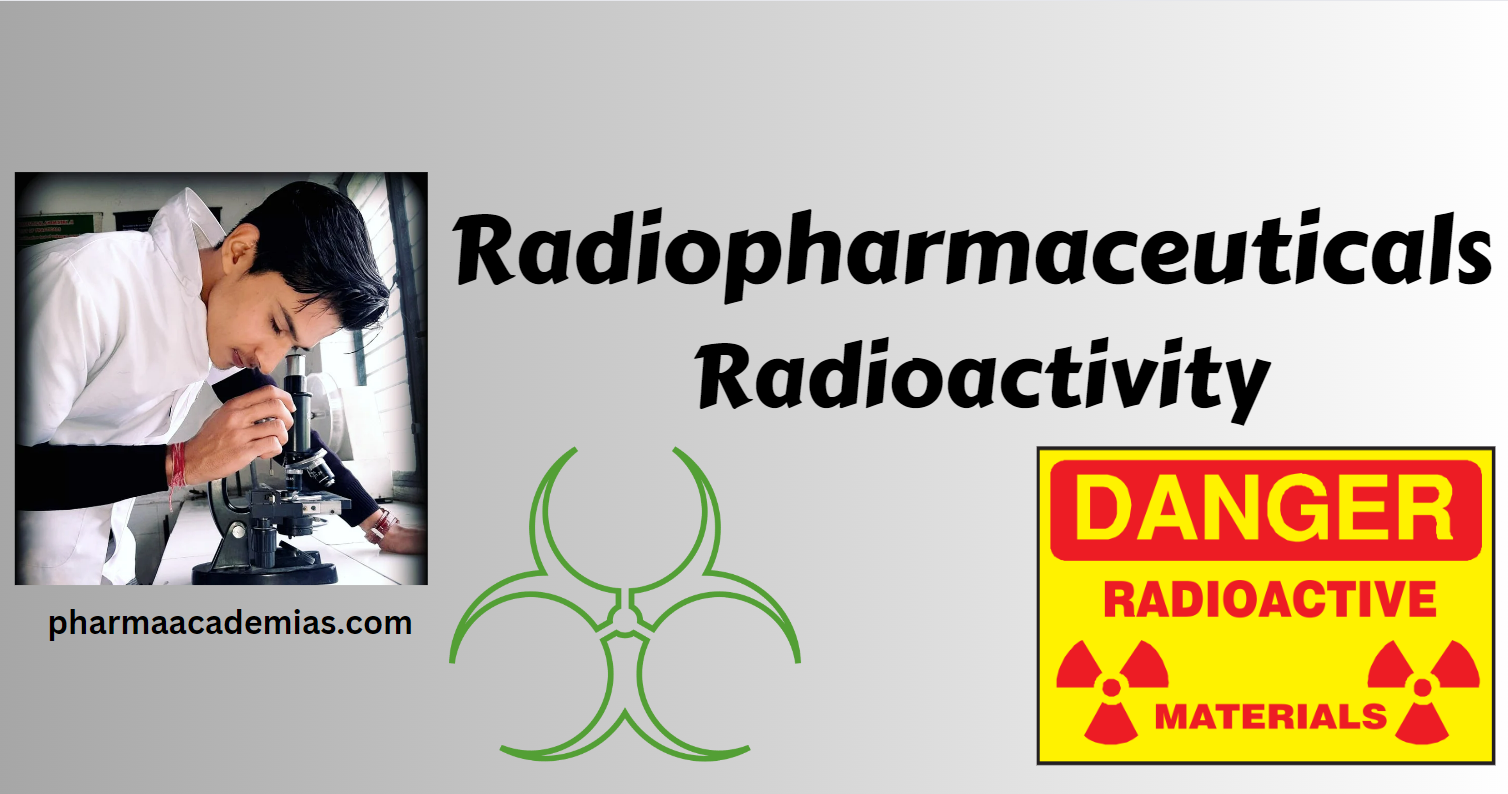Pharmaceutical applications of radioactive substances
Radioactive substances Radioactive substances have played a significant role in modern medicine and pharmaceutical sciences. The controlled use of radioactive materials in diagnostics, therapy, and research has transformed the healthcare industry. These substances are primarily used in nuclear medicine for imaging, treatment of various diseases, and as tracers in pharmacokinetic and pharmacodynamic studies. This document … Read more







